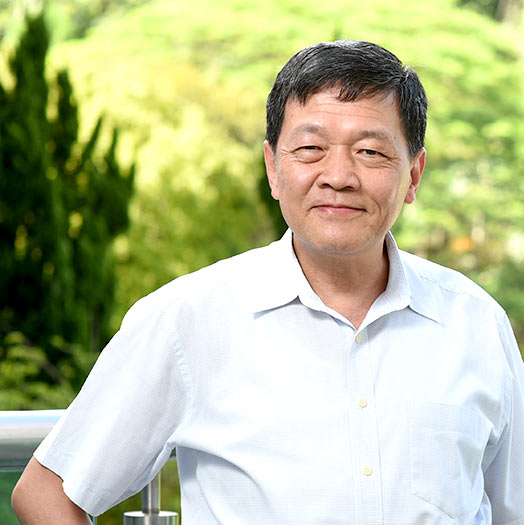
Lam Kin-che: The Art of Environmental Impact Assessment
1. Congratulations on your International Association for Impact Assessment (IAIA) 2016 Regional Award. Could you tell us more about it?
IAIA is an international organization with 1,700 members from 120 nations. It holds a convention each year in one of the continents to present the Global Award and the Regional Award. As the convention was held in Nagoya this May, the Regional Award was intended for someone who has made sustained contribution in promoting impact assessment in Asia.
I was pleasantly surprised to receive this award and become the first awardee from the Greater China region. I am glad that Hong Kong has successfully carved a niche for itself in international impact assessment.
2. Could you briefly explain what environmental impact assessment is about?
Prevention is always better than cure. This statement applies to both human beings and the environment. If we hunt for the culprit only after the damage is done, there’s little we can do. Environmental impact assessment works the same way as preventative medicine. If we foresee that a certain project, policy, or strategy poses threats to the environment, we try to avoid its adverse impact. If it is unavoidable, we seek to reduce it. If it cannot be reduced, we mitigate it. If it cannot be mitigated, we make adequate provision for compensation.
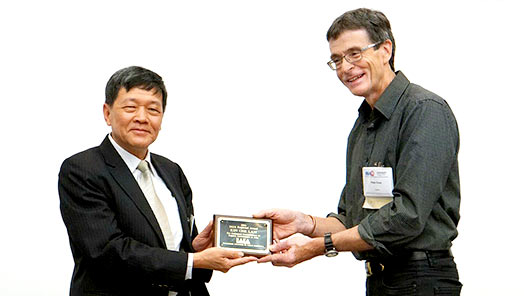
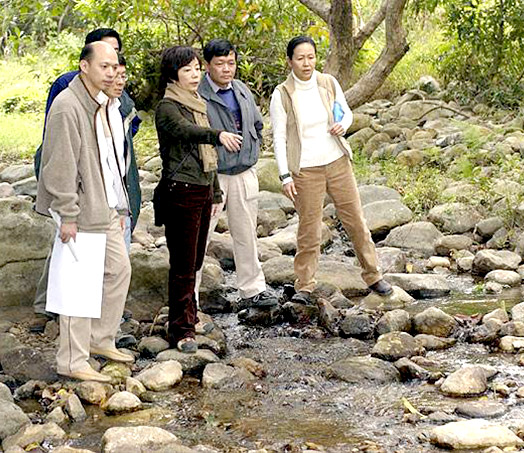
3. You were the former chairman of the Advisory Council on the Environment (ACE). Could you share with us an unforgettable episode during your tenure?
I had been with ACE for 15 years, from a council member to the chair. In 1995, when I was serving my second year as the chairman of ACE’s Environmental Impact Assessment Subcommittee (EIA), the government was building the new airport. The infrastructural project comprised several large parts, including the Tsing Ma Bridge, the North Lantau Highway, and the Tung Chung New Town. The impact assessment reports of most of these parts had been endorsed by the EIA except the last project—the airport’s fuel depot proposed to be built on a deserted island in the middle of a haven for the Chinese white dolphins. A wharf had to be built on the island for berthing and fuel offloading. The construction would destroy the dolphins’ habitat and the noise would disrupt their communication with each other.
Pressure is perhaps the mother of creative thinking. An alternative plan was put forward in three months’ time. First, the island would only act as a backup fuel depot. The permanent one would be located elsewhere. Second, a nature reserve would be established for the affected dolphins. Third, the pile-driving noise would be mitigated by using bubble curtains underwater. Not only had the whole construction progress not been thwarted but Hong Kong was also gifted with a new nature reserve. There’s something for the construction industry too—an advanced technique in marine piling.
4. EIA’s endorsement of the Hong Kong-Zhuhai-Macao Bridge and the airport’s third runway proposals got a lot of flak from green groups. What are your thoughts on that?
EIA’s role, which is often misunderstood, is to provide scientific views on the impact assessment reports of designated projects, rather than making decisions on whether the projects should go ahead. Once I turned on the radio and heard the host say that Hong Kong had a new public enemy. I was wondering who he was referring to when he read out my name. The programme was on ACE’s endorsement of the Victoria Harbour reclamation project. I immediately phoned in to tell the host that my endorsement of the impact assessment report was based on scientific analysis and had nothing to do with my personal stance on the issue of land reclamation. I would not deliberately flunk a report just because I detest the project, nor would I give the greenlight just to cater to the government’s wishes.
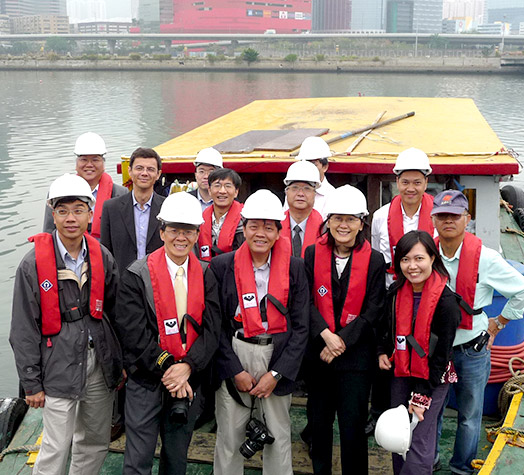
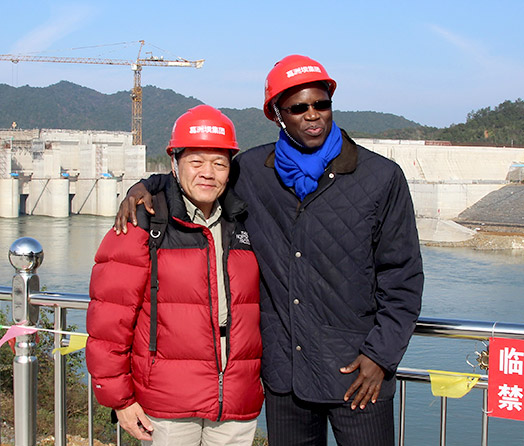
5. How is your recent work as an environmental consultant for the World Bank?
Many development banks, including the World Bank, the Asian Development Bank and the Asian Infrastructure Investment Bank, wish to fund projects that benefit the environment and society. I am helping the World Bank to inspect its Chinese projects. I turn my observations into stories and hope that they would become textbook material of what kinds of projects are likely to draw support from the World Bank.
I was deeply impressed by a pollution control project in Guangdong Province. The local agriculture department devised a smart card system to stem the excess use of chemical fertilizers. With the smart card, farmers could buy fertilizers that meet the environmental standards with a 30% discount. The card records the farmers’ personal particulars, farming areas, quantities of fertilizers used, etc. If a farmer purchases an excessive amount of fertilizers, S/he would not be able to enjoy the discount. This is a very clever scheme that induces behaviour change in farmers.
6. Would you tell us about the Hong Kong Institute of Qualified Environmental Professionals (HKIQEP) that you recently founded?
There are many environment-related professional bodies in Hong Kong, such as the Hong Kong Institute of Acoustics, the Hong Kong Institute of Environmental Impact Assessment, and the Chartered Institution of Water and Environmental Management. Working in the environmental sector requires knowledge both deep and broad. Together with a number of like-minded friends, I established this platform in the hope of assembling talent from these professional bodies to take an integrated approach in tackling environmental problems.
In the long run, HKIQEP aims to establish an accreditation system to map out a clear path for students in environmental majors. A bachelor’s degree is just an admission ticket to the industry. A master’s or a professional qualification is a must in order to become an expert in the field. We hope that membership of the HKIQE will become one of the criteria for recruiting environmental officers in the future.
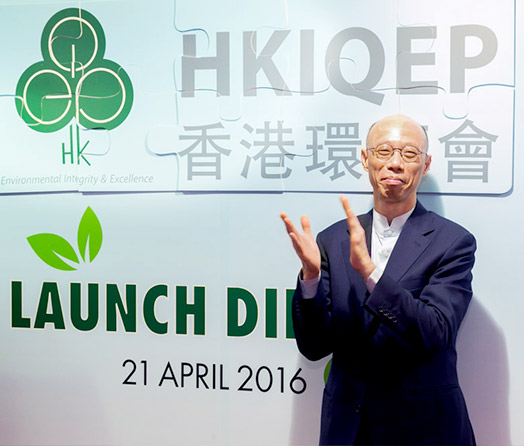
Lam Kin-che was the former chairman of the University Steering Committee on the Environment, former chairman of the Department of Geography and Resource Management, and former director of the Institute of Environment, Energy and Sustainability. He is currently an adjunct professor at the Department of Geography and Resource Management.


